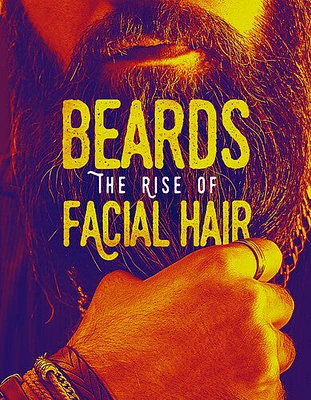Home
Facial Hair and the Performance of Early Modern Masculinity
Loading Inventory...
Barnes and Noble
Facial Hair and the Performance of Early Modern Masculinity
Current price: $180.00


Barnes and Noble
Facial Hair and the Performance of Early Modern Masculinity
Current price: $180.00
Loading Inventory...
Size: Hardcover
*Product Information may vary - to confirm product availability, pricing, and additional information please contact Barnes and Noble
Facial Hair and the Performance of Early Modern Masculinity
is the first full-length critical study to analyse the importance of beards in terms of the theatrical performance of masculinity.
According to medical, cultural, and literary discourses of early modern era in England, facial hair marked adult manliness while beardlessness indicated boyhood. Beards were therefore a passport to cultural prerogatives. This book explores this in relation to the early modern stage, a space in which the processes of gender formation in early modern society were writ large, and how the uses of facial hair in the theatre illuminate the operations of power and politics in society more widely.
Written for scholars of Early Modern Theatre and Theatre History, this volume anatomises the role of beards in the construction of onstage masculinity, acknowledging the challenges offered to the dominant ideology of manliness by boys and men who misrepresented or failed to fulfil bearded masculine ideals.
is the first full-length critical study to analyse the importance of beards in terms of the theatrical performance of masculinity.
According to medical, cultural, and literary discourses of early modern era in England, facial hair marked adult manliness while beardlessness indicated boyhood. Beards were therefore a passport to cultural prerogatives. This book explores this in relation to the early modern stage, a space in which the processes of gender formation in early modern society were writ large, and how the uses of facial hair in the theatre illuminate the operations of power and politics in society more widely.
Written for scholars of Early Modern Theatre and Theatre History, this volume anatomises the role of beards in the construction of onstage masculinity, acknowledging the challenges offered to the dominant ideology of manliness by boys and men who misrepresented or failed to fulfil bearded masculine ideals.


















